LATVIJA.FM
The History of Latvia’s First Universities
Long before modern Latvia emerged as a sovereign nation in the 20th century, the seeds of academic pursuit were already quietly taking root on its soil. From the early days of German-influenced academic societies to the eventual birth of national universities that would shape a new intellectual elite, Latvia’s journey in higher education mirrors its struggle for identity, freedom, and cultural preservation. This story is not only about campuses and lectures — it’s about revolutions of thought, the forging of Latvian consciousness, and how the lecture halls of Riga and beyond became arenas where the nation’s future was debated, defended, and reimagined.
Foundations in a Multinational Empire
The story of Latvian higher education begins within the imperial shadows of foreign rule. In the early 19th century, education in what is now Latvia was largely administered by Baltic German elites under the Russian Empire. The first significant institution was Riga Polytechnic, founded in 1862 — the oldest technical university in the Baltics. While lectures were held in German, this institution laid a critical foundation for the region’s academic life, attracting students from all over the empire.
Though not fully Latvian in character, Riga Polytechnic cultivated a generation of thinkers, engineers, and public figures who would later take part in shaping the future Latvian Republic. Even in a foreign-dominated structure, Latvian students began forming cultural organizations, printing publications, and sowing the seeds of national awakening.
Though not fully Latvian in character, Riga Polytechnic cultivated a generation of thinkers, engineers, and public figures who would later take part in shaping the future Latvian Republic. Even in a foreign-dominated structure, Latvian students began forming cultural organizations, printing publications, and sowing the seeds of national awakening.
The Birth of the University of Latvia
Latvia’s true academic independence was born in the wake of its political independence. In 1919, amid the chaos following World War I and the Latvian War of Independence, the University of Latvia was established in Riga. This was more than a university — it was a symbol of national pride, a place where Latvian became the language of scholarship, and where education was now in the hands of Latvians themselves.
The university offered a wide array of faculties, from law and medicine to philosophy and the natural sciences. It was here that Latvia’s first generation of Latvian-language academics, writers, lawyers, and scientists were trained — a crucial step in building a self-sustaining republic.
The university offered a wide array of faculties, from law and medicine to philosophy and the natural sciences. It was here that Latvia’s first generation of Latvian-language academics, writers, lawyers, and scientists were trained — a crucial step in building a self-sustaining republic.
From Repression to Revival
The Soviet and Nazi occupations profoundly affected Latvia’s universities. Professors were purged, curricula rewritten, and ideological control took hold. Under Soviet rule, the University of Latvia was renamed several times and placed under tight political scrutiny. Yet even during these years, the university remained a hub of critical thought and quiet resistance, as students and faculty found ways to preserve national identity through literature, history, and cultural activities.
With the restoration of independence in 1991, Latvia’s universities experienced a renaissance. Institutions regained autonomy, opened up to Western partnerships, and re-established lost academic traditions. The University of Latvia, along with newly established institutions like Riga Stradiņš University and Riga Technical University, began training a new generation for life in a democratic and globalized world.
With the restoration of independence in 1991, Latvia’s universities experienced a renaissance. Institutions regained autonomy, opened up to Western partnerships, and re-established lost academic traditions. The University of Latvia, along with newly established institutions like Riga Stradiņš University and Riga Technical University, began training a new generation for life in a democratic and globalized world.
Legacy and Modern Role
Today, Latvia’s universities are more than places of learning — they are custodians of national memory and engines of innovation. They carry the legacy of resistance, reform, and reinvention. Their histories mirror Latvia’s own: complex, layered, and full of quiet determination. From imperial technical schools to independent national institutions, from Soviet oppression to European integration — the path of Latvian universities is inseparable from the country’s journey to define itself on its own terms.
In every lecture delivered in Latvian, in every debate on history, law, or ethics, Latvia’s first universities continue to echo the aspirations of their founders — to build a country where knowledge would be both a shield and a torch.
In every lecture delivered in Latvian, in every debate on history, law, or ethics, Latvia’s first universities continue to echo the aspirations of their founders — to build a country where knowledge would be both a shield and a torch.
